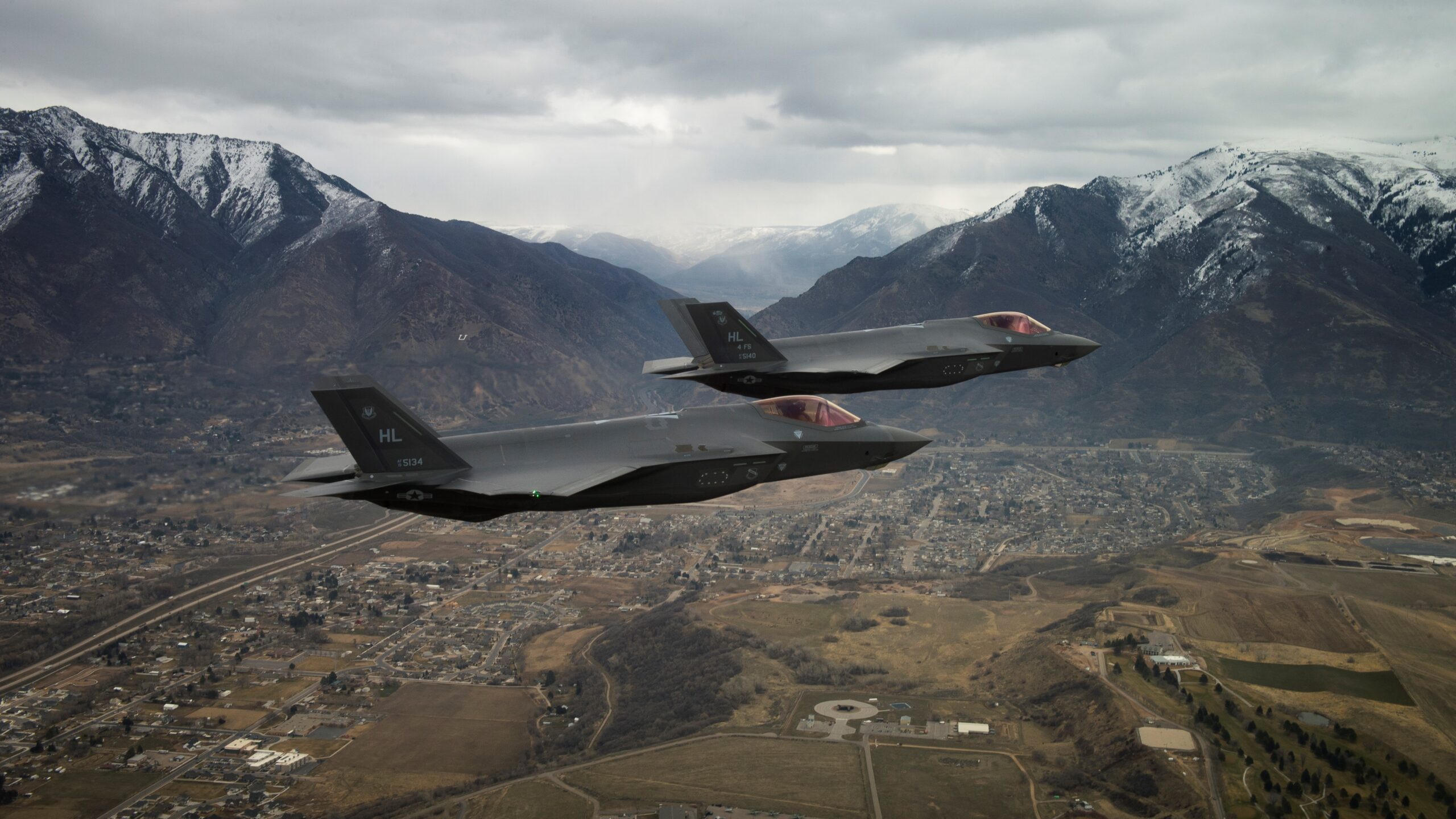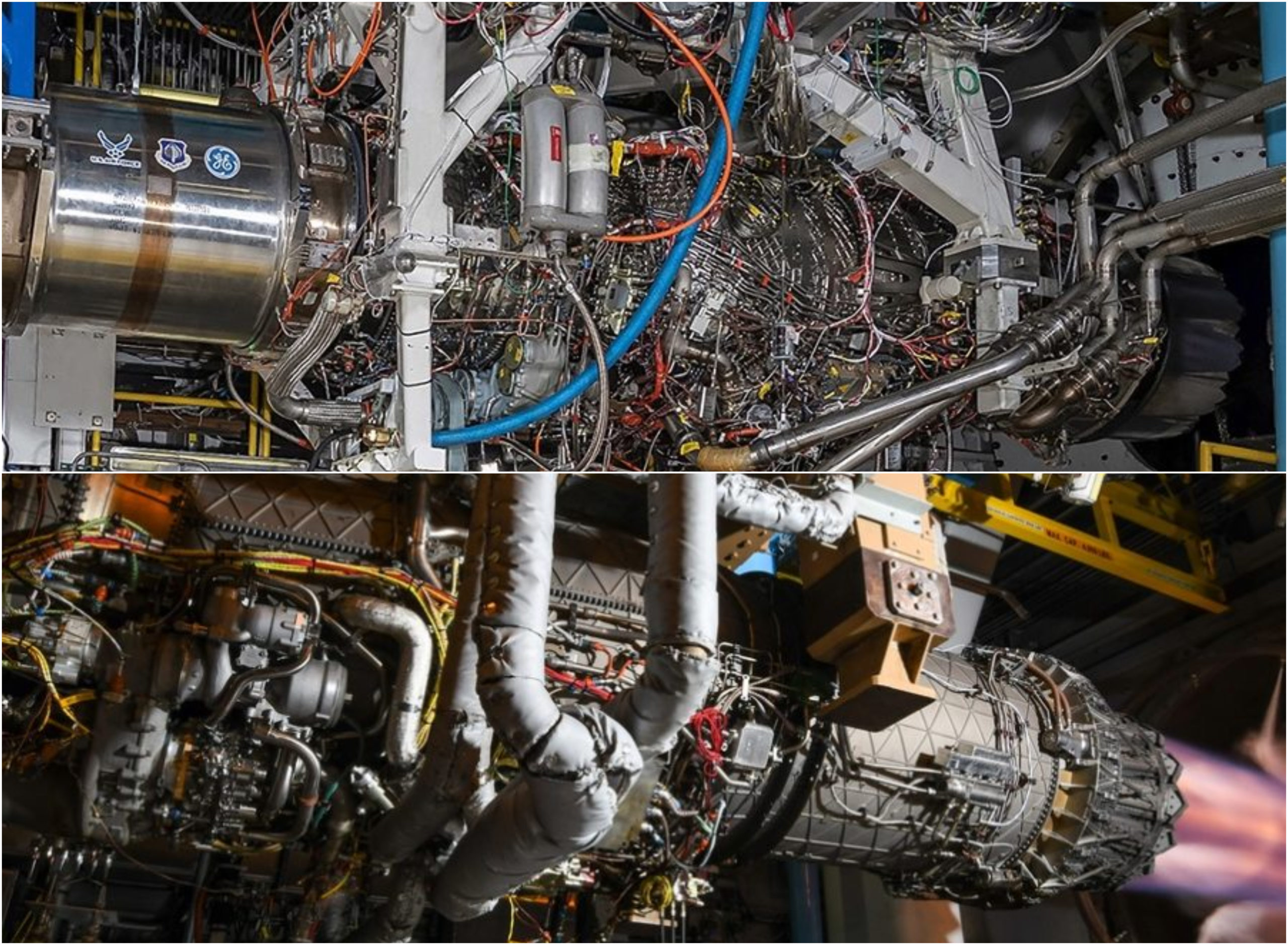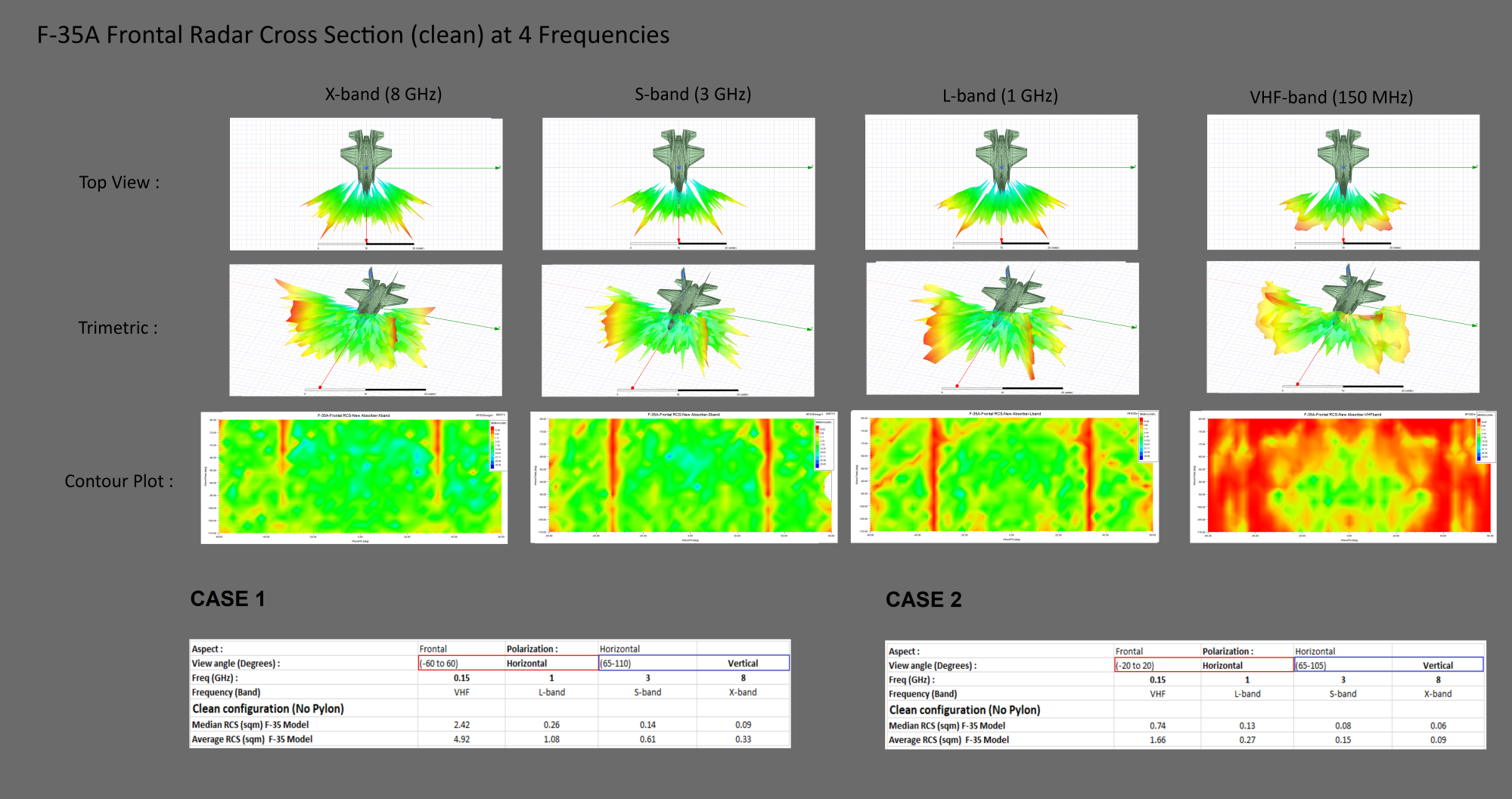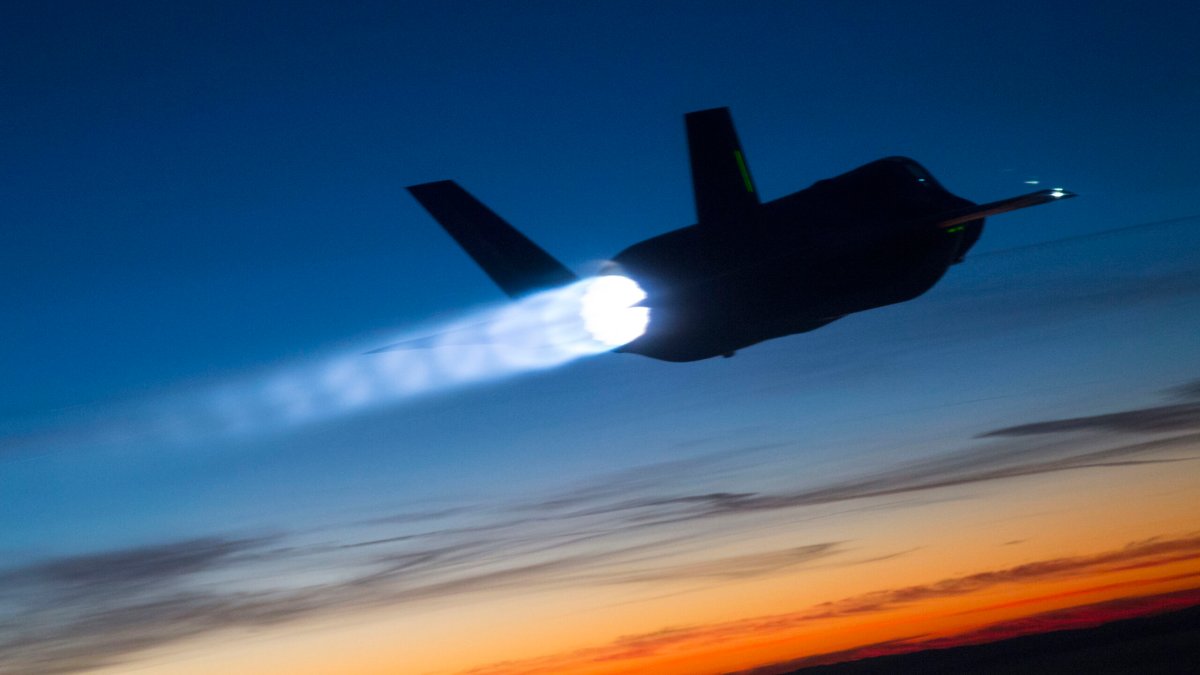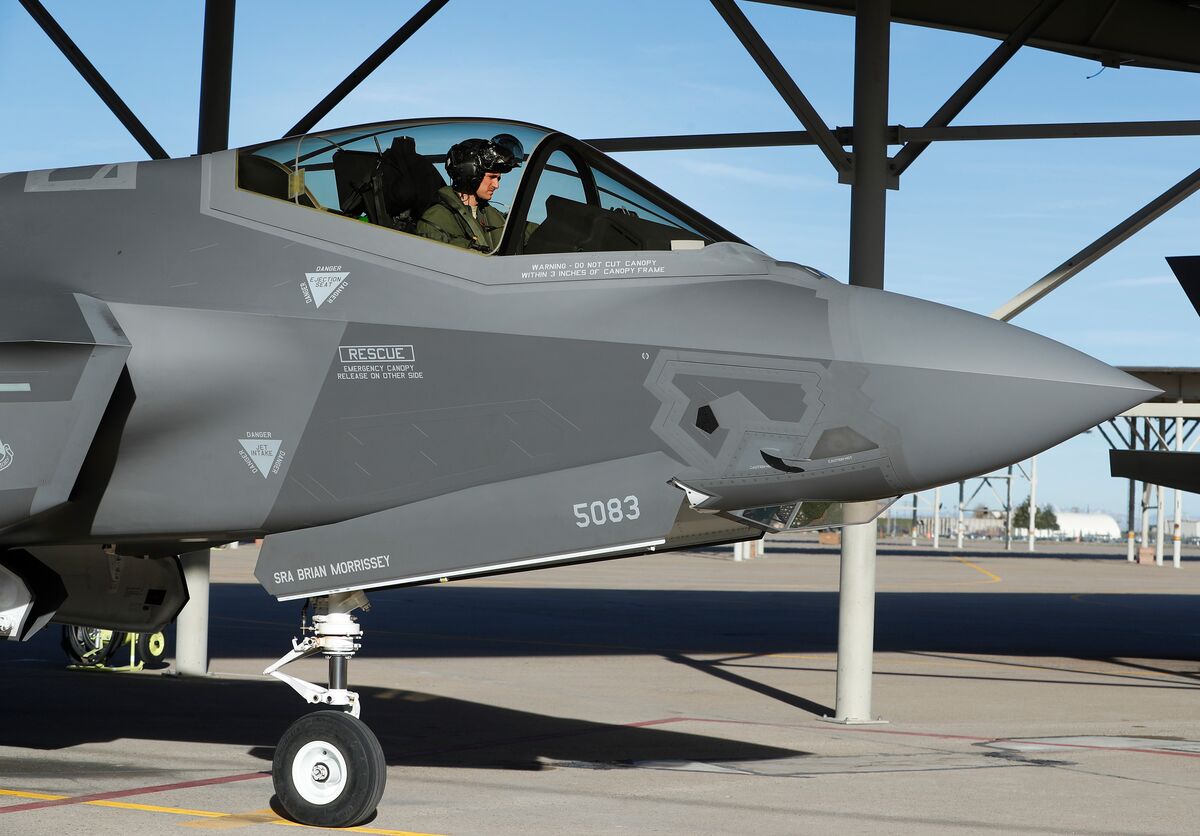Both vendors’ AETP options are still works in progress. Highly unlikely either can be easily modified for the F-35B. The most urgent requirement is a significant power increase for the Block IV upgrade. The EEP F135 offers this along with some kinematic improvements. More importantly EEP supposedly is F-35B compatible. The AETP versions provide significant kinematic performance improvements in addition to extra power output for Block IV. The JSF concept seemed a great idea at time but this engine upgrade shows otherwise. The B needs an engine that meets the power requirements for Block IV but AETP offers huge advantages for the A and C versions. IMHO this requires both engine programs to go forward.
There may be advantages to funding both developments.
I don't see why the F-35 needs kinematic improvements and more power. Particularly for the A and C. Its 5th gen, its already pretty fast, quick acceleration and as agile as a F-16. More important imo is the blk IV EW capability, long range muntions and improvements to range.
IMO range is the greatest weakness of western fighters, if you can't get there a WW1 bi-plane wins. F-35's aren't going to get carved up burning and turning, they will get carved up when they struggle to operate at maximum range and flying past bingo fuel and come under pressure when trying to refuel while in range of opposing forces.
I know, not a concern for Europe. But no one other than western powers are fielding 5th fighters in Europe. Who are they fighting? Themselves?
If Taiwan kicks off, they won't by flying F-35's from Taiwan to defend it. They will unlikely be flying in from lower Japan, Guam or South Korea either. US carriers won't be able to be nearby (within the F-35 combat radius) either. E3 and E2 are not able to detect J20's either. So the US will be effectively flying blind, against an aircraft that out ranges them, has superior ranged weapons, while maybe not F-22 stealthy, far stealthier than than a SU57, and they will be meeting them in number with over 200 already operational and ~75-100 being added every year. Being supported by hundreds of 4th gen fighters, land and sea based missile systems and radars..
US has a real effort on its hand to get its new E7's, the advanced engines in service, blk IV in service by 2027. Even if they do, that, they will then only reaching near parity from a space of deficit.
From an Asia pacific point of view, the US has some real challenges, and adaptive cycle engines, E7's and munitions as well as other technologies are urgent programs. In that context, F-35B's will more likely defensive home fighters taking off from damaged and shortened runways in Japan/ Guam, range will likely be less of a focus for them, but A & C will be essential, particularly with the shelving of F-22 (late 2020) and likely wind down of B1 programs (starting later 2020's). Meeting that 2027 timeframe for so many ambitious projects will be challenging.

 theaviationist.com
theaviationist.com


